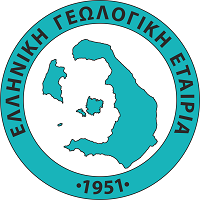Το τεκμήριο παρέχεται από τον φορέα :
 Ελληνική Γεωλογική Εταιρεία
Ελληνική Γεωλογική Εταιρεία
Αποθετήριο :
Δελτίο της Ελληνικής Γεωλογικής Εταιρίας
| ΕΚΤ eJournals

